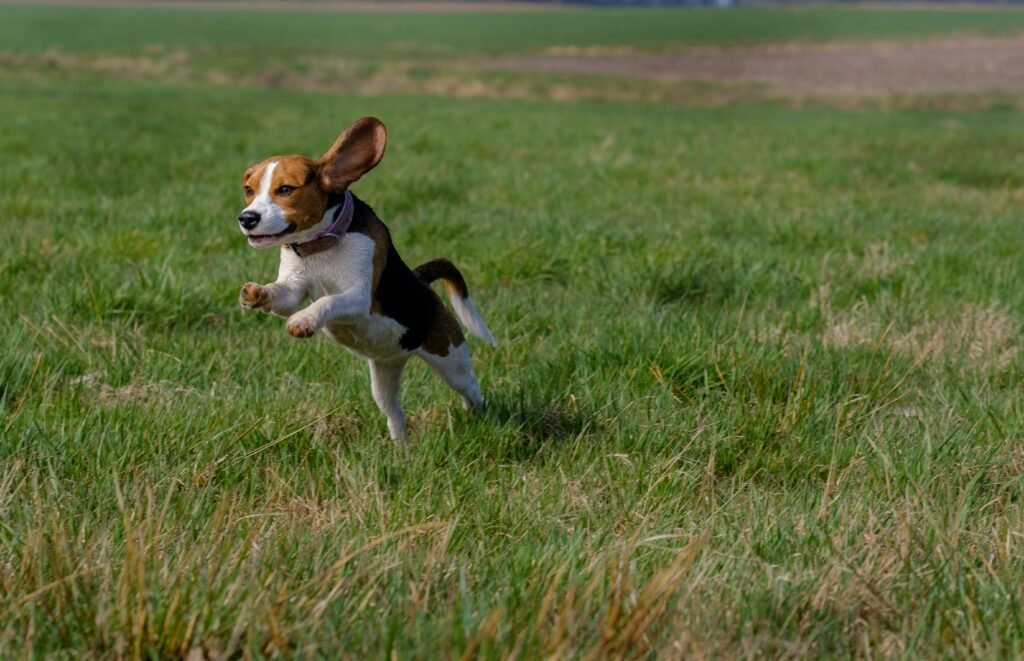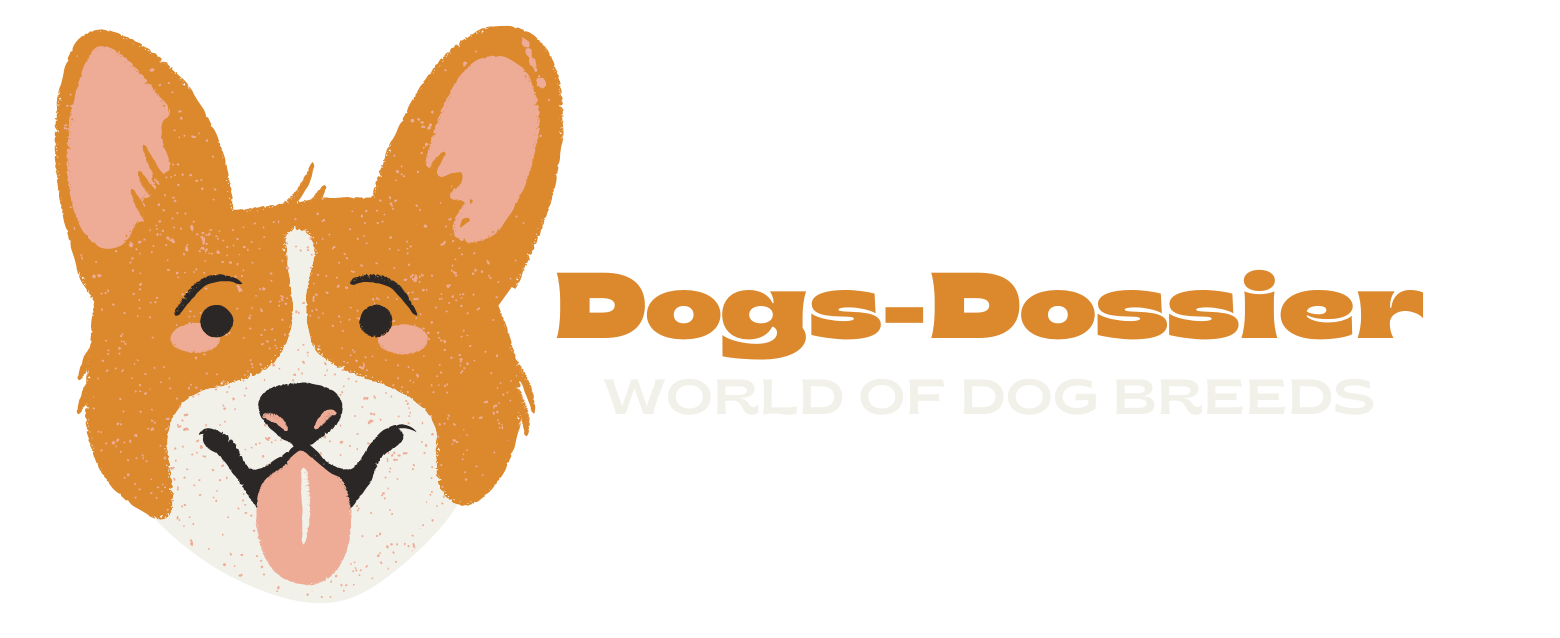How Fast Can a Beagle Kill You? Uncovering the Truth About Beagle Aggression
Beagles, with their lovable demeanor and floppy ears, are popular family pets known for their gentle nature and friendly disposition.
However, like all dog breeds, they possess instincts and capabilities that, under certain circumstances, can lead to tragic consequences. In this article, we delve into the question: how fast can a beagle kill you?
Overview of Beagles
Beagles are a small to medium-sized breed originally bred for hunting small game such as rabbits.
They are characterized by their keen sense of smell, compact build, and high energy levels.
While they are often kept as companion animals today, their hunting instincts remain deeply ingrained.
Understanding Beagle’s Hunting Nature
Beagles have a strong prey drive, a trait inherited from their hunting lineage. This instinct drives them to pursue and capture small animals, exhibiting persistence and agility in the process.
Despite their friendly demeanor, when triggered by certain stimuli, such as the sight or scent of prey, beagles can display intense focus and determination.
How fast can a beagle kill you?
A beagle’s speed and agility can make it capable of inflicting fatal injuries, particularly to vulnerable populations like children or the elderly, in a matter of minutes if aggression is triggered.
While instances of beagle-related fatalities are rare compared to larger breeds, their hunting instincts and bite force can lead to tragic outcomes if not properly managed.

Beagle Physical Attributes
Speed and Agility
Beagles possess impressive speed and agility, making them well-suited for their role as hunting companions. Their muscular build and long limbs enable them to move swiftly and gracefully, navigating various terrains with ease.
This agility is essential for chasing down prey and maneuvering through dense undergrowth during hunts.
Beagles can accelerate quickly, reaching significant speeds in short bursts, which aids them in catching elusive quarries like rabbits or hares.
Their agility allows them to change direction rapidly, making it challenging for their prey to escape. Overall, the combination of speed and agility makes beagles highly proficient hunters in the wild.
Jaw Strength
Beagles may not possess the jaw strength of larger breeds, but their bite can still cause significant harm, particularly to smaller animals or vulnerable individuals.
Despite their size, beagles have enough force in their jaws to inflict injuries if provoked or threatened.
It’s essential to recognize that while they may not have the same bite force as larger breeds, the potential for harm still exists, especially in situations where aggression is triggered.
Proper training and socialization can help mitigate the risk of aggressive behavior and ensure a harmonious relationship between beagles and their human companions.
Potential Risks of Beagle Attacks
Beagle Size and Bite Force
Beagles may be small in size, but they still possess a bite force that can cause harm if provoked or threatened.
While they may not have the same level of bite force as larger breeds, their jaws are capable of inflicting injuries, particularly to vulnerable populations such as children or the elderly.
It’s essential for owners to recognize the potential risks associated with beagle bites and take proactive measures to prevent incidents through proper training and supervision.
Impact on Vulnerable Populations
Beagle attacks can have a significant impact on vulnerable populations, including children, the elderly, and individuals with disabilities.
Due to their smaller size and limited ability to defend themselves, these groups are particularly at risk of serious injury if bitten by a beagle.
In some cases, beagle attacks on vulnerable individuals have resulted in severe physical harm or even fatalities.
It’s crucial for caregivers and pet owners to be vigilant in supervising interactions between beagles and vulnerable individuals to prevent such incidents and ensure the safety of all involved.
Factors Affecting Beagle Attacks
Training and Socialization
Training and socialization play vital roles in shaping a beagle’s behavior and reducing the risk of aggression.
Proper training teaches beagles appropriate responses to various situations and helps them develop impulse control.
Socialization exposes them to different people, animals, and environments, teaching them how to interact positively and calmly.
Early and consistent training can help mitigate behavioral issues and ensure that beagles become well-adjusted members of the family.
It’s essential for owners to invest time and effort in training and socialization from an early age to prevent potential aggression and promote harmonious relationships with their pets.

Provocation and Aggression Triggers
Understanding provocation and aggression triggers is crucial for preventing conflicts with beagles.
Certain stimuli can provoke aggressive behavior in these dogs, such as feeling threatened, cornered, or in pain.
Additionally, beagles may react aggressively if their territory is invaded or if they perceive a threat to their food or toys.
Recognizing these triggers and avoiding situations that may provoke aggression can help prevent conflicts and ensure the safety of both the dog and those around them.
Effective training and socialization can also teach beagles alternative behaviors and coping mechanisms for dealing with potential triggers in a non-aggressive manner.
Beagle-Related Fatalities
Beagle-related fatalities, though rare, are tragic occurrences that underscore the importance of responsible pet ownership and understanding canine behavior.
While beagles are not typically associated with aggressive tendencies like larger breeds, instances of severe injury or death have been reported, particularly involving vulnerable populations such as children or the elderly.
These incidents serve as sobering reminders of the potential consequences of neglecting proper pet training, supervision, and management.
By recognizing the risks and taking proactive measures to prevent aggressive behavior, owners can help ensure the safety of both their beagle companions and the community at large.
Preventative Measures
Responsible Ownership
Responsible ownership is essential for ensuring the well-being of beagles and promoting positive interactions within the community.
This includes providing adequate training, socialization, and care for the dog, as well as adhering to local regulations regarding pet ownership.
Responsible owners should be aware of their beagle’s behavior and take proactive measures to prevent potential incidents, such as securely fencing outdoor areas and avoiding leaving small children unsupervised with the dog.
By prioritizing the safety and welfare of their pets and those around them, responsible owners can contribute to a harmonious relationship between beagles and the community.
Training and Supervision
Training and supervision are fundamental aspects of responsible beagle ownership.
Consistent training helps teach appropriate behaviors and reinforces positive interactions with both humans and other animals.
Supervision ensures that owners can intervene if necessary and prevents potential conflicts or accidents.
By investing time and effort into training and supervision, owners can help their beagles develop good manners and prevent undesirable behaviors.
Additionally, proper supervision allows owners to recognize signs of distress or discomfort in their dogs and address any issues promptly.

FAQs: Beagles
Can all beagles be aggressive?
While aggression is not inherent to the breed, individual temperament and environmental factors can influence a beagle’s behavior.
Are beagle attacks common?
Beagle attacks are relatively rare compared to larger breeds, but they can occur, particularly in cases of provocation or inadequate training.
What should I do if a beagle shows signs of aggression?
It’s essential to remain calm and avoid escalating the situation. Remove yourself or the potential target from the dog’s vicinity and seek professional assistance if necessary.
Can proper training prevent beagle aggression?
Yes, consistent training and socialization from an early age can help mitigate the risk of beagle aggression by teaching appropriate behavior and impulse control.
Are there legal repercussions for beagle attacks?
Depending on the severity of the incident, owners may face legal consequences, including fines or civil liability for damages.
Conclusion
While beagles are beloved family pets known for their affectionate nature and playful demeanor, it’s crucial to recognize and respect their innate hunting instincts.
By understanding the factors that can contribute to beagle aggression and taking proactive measures to mitigate risks, owners can ensure a safe and harmonious relationship with their canine companions.





